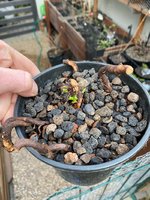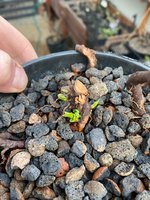SeanS
Omono
- Messages
- 1,241
- Reaction score
- 3,484
- USDA Zone
- 9b
Thread for the progress of my Japanese flowering quince clump. Started from nursery material in November 2020. I’m unsure of the flower colour, it was marked as “pink or white” at the nursery. Also unsure of the cultivar, also just marked as “chaenomeles”
As purchased
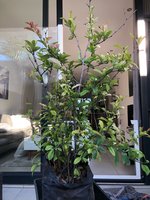
After the initial cut back and styling

A few months later
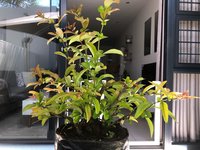
I repotted 2 weeks ago. Buds are started to move and open so I gave it a styling yesterday.
Before work
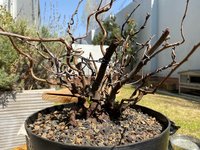
After the work. I cut back most of the elongated shoots and applied some more wire in places
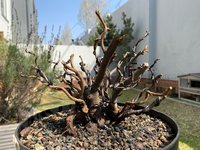
As purchased

After the initial cut back and styling

A few months later

I repotted 2 weeks ago. Buds are started to move and open so I gave it a styling yesterday.
Before work

After the work. I cut back most of the elongated shoots and applied some more wire in places


